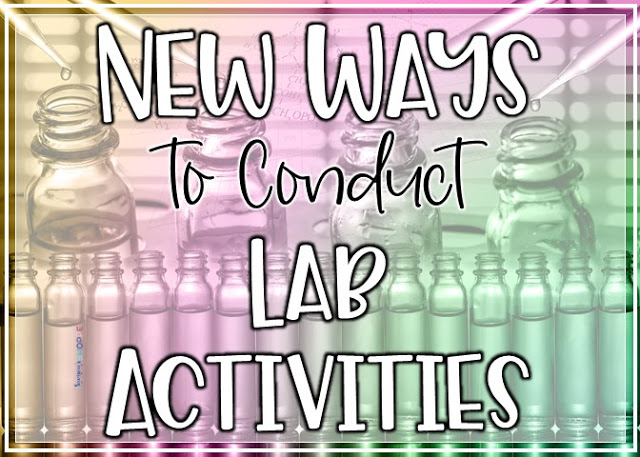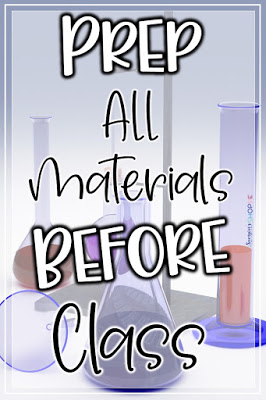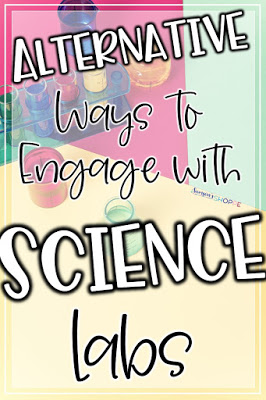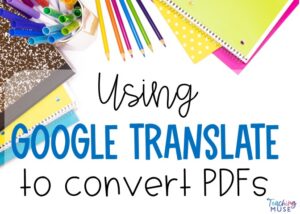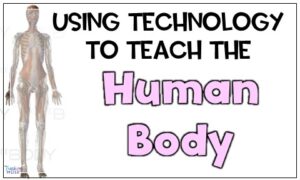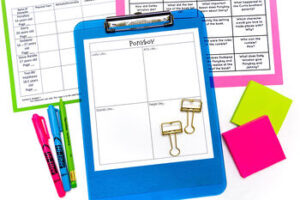Science teaching has always been chock full of hands-on activities and experiences to cement learning in the students’ young minds in our classroom. However, due to the pandemic’s various constraints, our “normal” teaching strategies and routines have been completely altered. As we settle into “the new normal,” science teachers are scrambling to figure out how to make science as engaging as possible while still maintaining social distancing and preserving everyone’s health and safety in the classroom.
Here are some ways to engage students in your science classroom and make it as hands-on as possible:
- Pare down the essential learning objectives of the lab experiment. Please understand that a lab activity that once took one 41 minute class period will likely take 2-3 class periods to complete, especially if you want students to clean up after themselves.
- Premake the lab setups. This will take more time upfront, but it will allow you to give your students a really cool experience.
- Video Labs: This will require pre-planning on your part but making your own video of the lab will allow you to easily show it to your students in or out of the classroom. This also gives you the ability to stop at points where you feel students may get confused. While this is good for struggling learners to be able to rewatch and you have the ability to show it to all of your classes for years to come, it will take away the hands-on aspect for your students. You can use FREE screencasting video programs like Screencastify or Screencastomatic to help you.
- Demonstrations: I have been using my Ipevo camera to demonstrate a lab experience for my students. I use the camera to display what is going on, allowing students in the class and those at home to view what I am doing. Students get an up-close and personal view of what I want them to see. Students enjoy this because they can see what is happening in real-time. Many also like that they get a better view of it because it is on the Smartboard, and I can really zoom in on what I want them to see using the Ipevo camera.
- Virtual Labs: Technology is our best friend right now, so let’s try utilizing it to our advantage. I have used some of these programs with my students, and they do seem to enjoy them and understand the concept. One caveat is that my students tend to work either really slowly in completing the activity or super fast, so I tell students they’ll have a certain amount of time to work in class, and then they will have to complete the rest on their own.
Not sure where to find virtual labs? Here are some places that I have used:
- LabXchange: This FREE site allows students to interact with different virtual labs on acids and bases, electricity, and kinetic energy. In addition to the virtual labs, there are simulations, texts, and texts to use to help you teach the topic in a way your students will understand.
- Gizmos – Explore Learning: This requires a paid subscription, but you can test it out with a free trial first. There are simulations on a variety of topics. I like that in addition to the virtual lab activity, there are also teacher materials included to walk you through the activity’s implementation. They provide you with Google Docs and PDF versions of the student activity. I prefer using Google Docs because you can edit the questions, and it will upload nicely to Schoology for the students to use.
I used this site when teaching metric measurement. I normally have students work in lab stations using a triple beam balance or graduated cylinder. Still, due to social distancing regulations, students couldn’t share materials or be close to each other, so their metric measurement activities came in handy, and the students really enjoyed them.
- Phet Simulations: Phet simulations help students see what they cannot view on their own, like atoms and molecules. I love using these simulations to make abstract topics more concrete for students to understand.
Topics are broken up into the different science realms such as physical, earth, and biology. Students can view static charges, acids and bases, and force and motion besides atoms and molecules.
While our teaching practices continue to evolve and change because of various factors impacting the classroom, there are many materials and forms of technology out there that can help our students master the concepts needed to become successful in science. I hope that these tools will help you vary instruction and make your work as a teacher a little bit easier.

